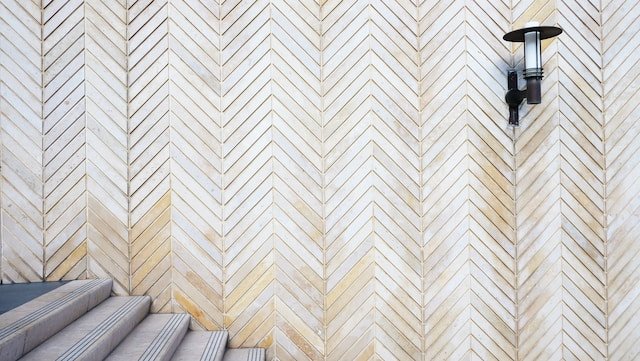Factors to Consider When Installing Wall Panels
Wall panels have become a popular choice for interior and even some exterior wall coverings in modern architecture and interior design. They offer a wide range of benefits, including aesthetic appeal, insulation, and durability.
Whether you’re planning to install wall panels in your home or office, there are several important factors to consider to ensure a successful and aesthetically pleasing installation, such as:
Material selection
The first and perhaps the most crucial factor to consider is the material of the indoor panelling. It is available in various materials, including wood, MDF (Medium Density Fiberboard), PVC (Polyvinyl Chloride), metal, and more.
Each material has its unique characteristics, such as aesthetics, durability, and maintenance requirements. Consider your budget, design preferences, and the specific area where the panels will be installed when choosing the material.
Purpose of installation
Identify the primary purpose of installing wall panels. Are you looking for aesthetic enhancement, acoustic insulation, or moisture resistance? Different materials and panel types are suitable for specific purposes. For example, acoustic wall panels may require a different material and installation method than decorative panels.
Installation location
Where you plan to install the wall panels can greatly influence your choices. Consider factors such as the level of moisture in the area, exposure to sunlight, and the type of wall surface (e.g., drywall, concrete, or brick).
These factors can impact the choice of material, adhesive, and installation method.
Budget constraints
Your budget will play a significant role in determining the type of wall panels you can afford. Some materials, like real wood or high-end decorative panels, can be expensive. Ensure that your budget aligns with the cost of both the panels and the installation process.
Installation method
Different types of wall panels require different installation methods. Some may be glued directly to the wall, while others are designed to be interlocked or fastened with screws.
Consider your skill level and whether you’ll be doing the installation yourself or hiring a professional. Complex installations, like those involving electrical work or custom-cut panels, may require expert help.
Maintenance and durability
Consider the long-term maintenance requirements of the wall panels. Some materials may require periodic cleaning, refinishing, or sealing, while others are virtually maintenance-free. Durability is also crucial, especially in high-traffic areas.
Local building codes and regulations
Check with local building authorities to ensure that your chosen wall panel materials and installation methods comply with local building codes and regulations. Failure to do so could result in costly fines or delays in your project.
Aesthetics and design
The aesthetic appeal of the indoor panelling is a significant factor. Consider the color, texture, and overall design of the panels about the existing decor and style of your space. Wall panels can be a striking design element when chosen thoughtfully.
Indoor paneling is an excellent way to enhance the aesthetics and functionality of your space. By carefully considering the factors mentioned above, you can ensure a successful and visually pleasing installation that suits your needs and preferences.

